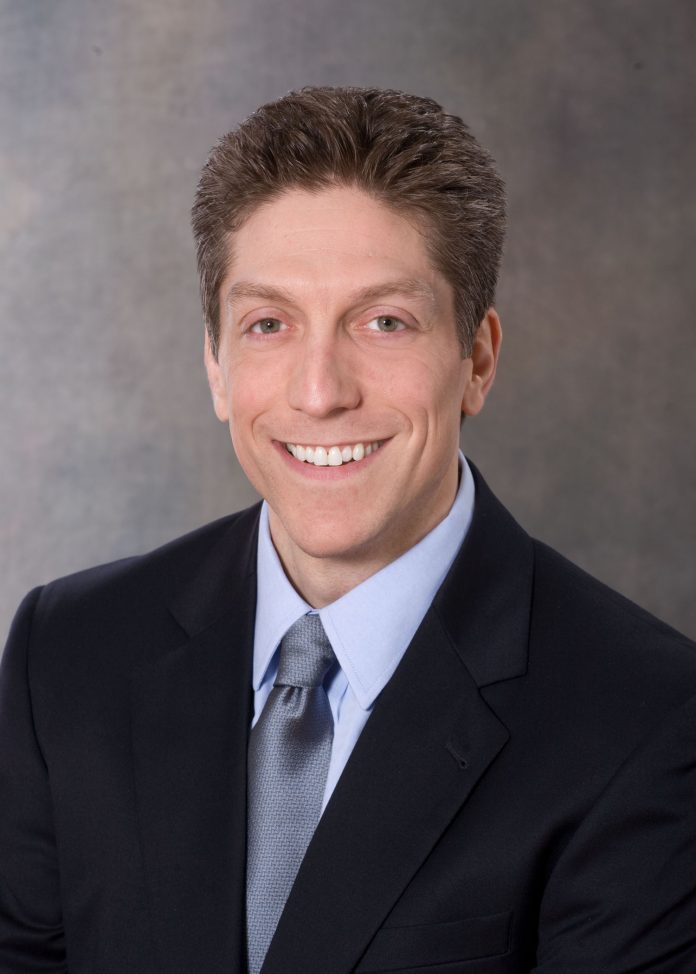David Dintenfass is the chief marketing officer and head of user experience design for Fidelity Investments Inc. In his current position, Dintenfass leads Boston-based Fidelity Investments’ retail client strategy, segment management, customer acquisition, content management, media, digital marketing, user experience design, and creative development.
Previously, he was head of segment marketing and acquisition for Fidelity’s personal investing business, leading the company’s consumer segmentation strategy, designing how the company engages with its customers, and improving effectiveness in acquiring new customers.
Before joining Fidelity in 2015, he spent five years at Bank of America and Merrill Lynch in a variety of strategy and marketing roles. Before that, he spent more than a decade with Procter & Gamble in a variety of business management roles.
He earned a master’s degree in business administration from Harvard Business School and a dual bachelor’s degree in economics and international relations from Brown University.
PBN: What drew you into the money management field?
Dintenfass: I’ve spent the last 25 years in customer-facing businesses, and few things are as personal to people as their finances. What I’ve come to learn is that many people could use more clarity on how to manage money. Working at Fidelity, I know we’re helping millions of hard-working Americans make better decisions for their financial futures.
PBN: Are Fidelity’s “zero” funds, minimums, and fees announced recently a situation in which it is willing to take a financial loss initially to gain business in the long term?
Dintenfass: As a private company with a strong market position and great scale, Fidelity is well-positioned to make these long-term investments on behalf of customers. We focus on serving our customers throughout their financial lives rather than looking at any one product or time period – many of our customer relationships last for 30 or 40 years.
PBN: Some analysts have called the “zero” initiatives “a race to the bottom” in investing, but is Fidelity trying to “open the gates” of investing to all people, no matter how little money they can put up?
Dintenfass: Investors at all levels and of all ages deserve a partner that provides strong value and great service regardless of the amount invested. We consistently hear customers say they want a clear, straightforward approach to investing and providing investment options with no minimums, no account fees, and zero expense ratios is one way to do this. Fidelity wants to remove barriers to investing for everyone, no matter how much you have to invest.
PBN: So far, what has been the public response to the “zero” initiatives?
Dintenfass: Customer response has been incredible. While it’s too early to report on specific assets and flows, I can share some stories from our associates who talk to clients every day. We’re seeing clients of all types consolidating their assets at Fidelity from other firms; new clients recognizing our industry-leading value and opening accounts; and parents using the zero funds with no account minimums as an incentive to get their children to make their first move from saving to investing.
PBN: Have you been involved in any other major initiatives at Fidelity?
Dintenfass: I’ve had the privilege of working with my colleagues at Fidelity on several major initiatives. These have ranged from introducing our first digital advisory service, Fidelity Go, to launching Fidelity Wealth Management, to providing tax-advantaged savings accounts for individuals with disabilities and their families with our ABLE account. On the theme of value, last year we lowered the cost of trading stocks and exchange-traded funds on Fidelity.com to $4.95 and saw a significant increase in new and existing clients using our brokerage platform.
Scott Blake is a PBN staff writer. Email him at Blake@PBN.com.











